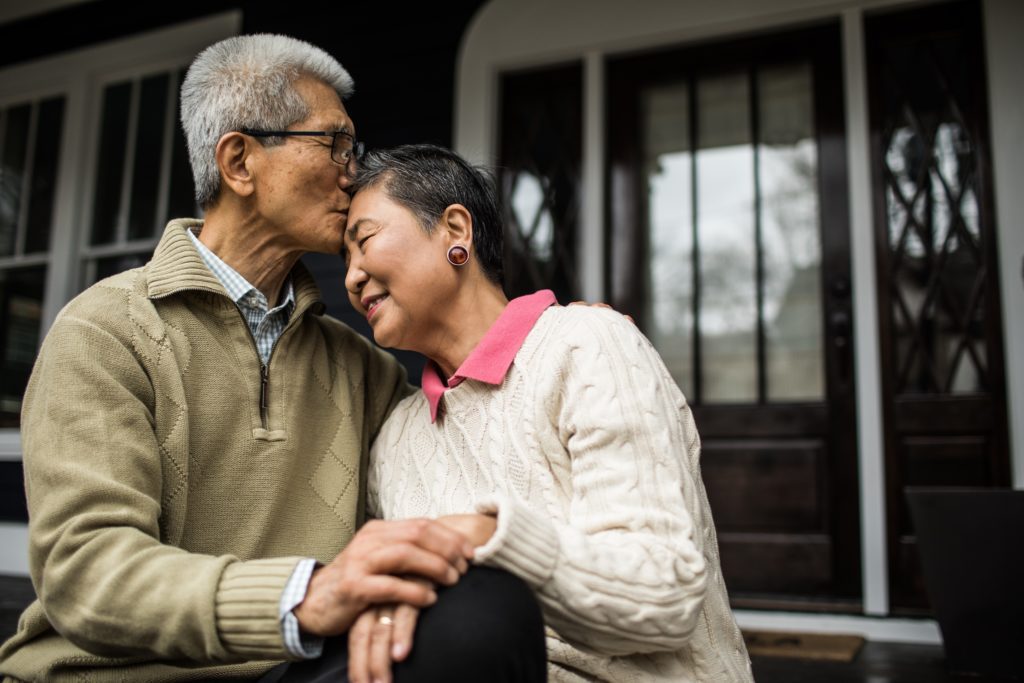Conclusion of the 3-part series by Nancy Verdin, Graduate Assistant, SDSU Social Policy Institute
The existing home care service cycle is riddled with numerous vulnerabilities that leave many individuals overlooked and underserved. Addressing the gaps will require a collaborative effort involving diverse stakeholders from various sectors. Currently, proactive measures are already underway to overcome the challenges.
Training and Education Programs: There is investment in training and education programs to attract more individuals to the caregiving profession and enhance their skills. For instance, the CalGrows Innovation Fund supports programs dedicated to empowering caregivers of older adults and people with disabilities. This initiative includes in-person classes, online training courses, career coaching, and up to $6,000 in incentive payments. The SDSU Center for Excellence in Aging & Longevity (CEAL) is an approved CalGrows training provider and offers a variety of courses for caregivers to enhance their skills and knowledge. Click here to register.
Caring4Cal is another specialized training program designed to equip current and aspiring licensed providers in California in Home and Community-Based Services. CEAL has eight 15-hour training tracks designed to empower individuals to become compassionate and proficient caregivers.
Technology Integration: Steps to exploring the integration of technology to complement caregiving services, potentially offering greater access to healthcare providers through platforms like telehealth.
Policy and Funding Initiatives: Emerging policies and increased funding to address the shortage, ensuring competitive wages and improved working conditions for caregivers is getting Federal attention. In December 2023, Vice President Harrris announced the American Rescue Plan that will invest in home and community-based services.
While these are a few of the initiatives that make strides in addressing this complex issue, there is certainly more work that lies ahead. The potential to shape a more promising future depends on a collective, fundamental shift in the approach to caring for our aging population.

